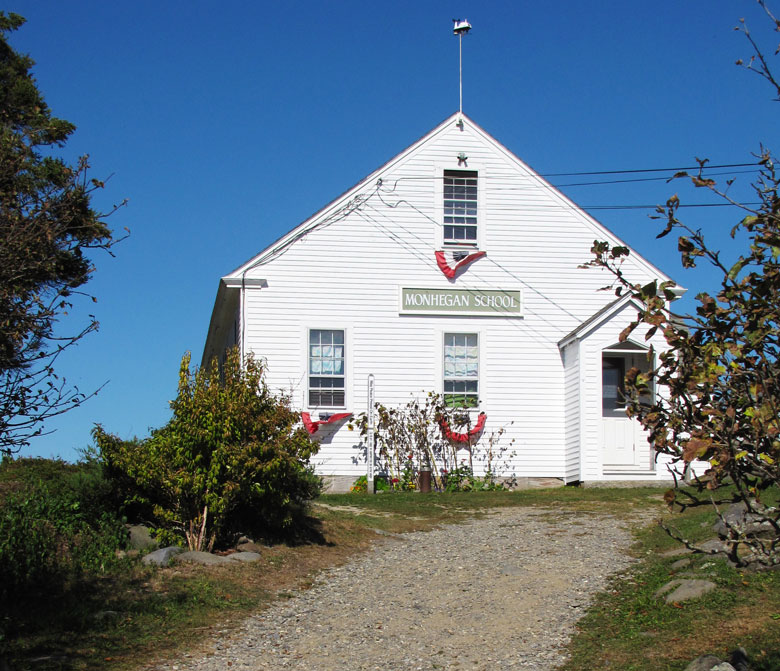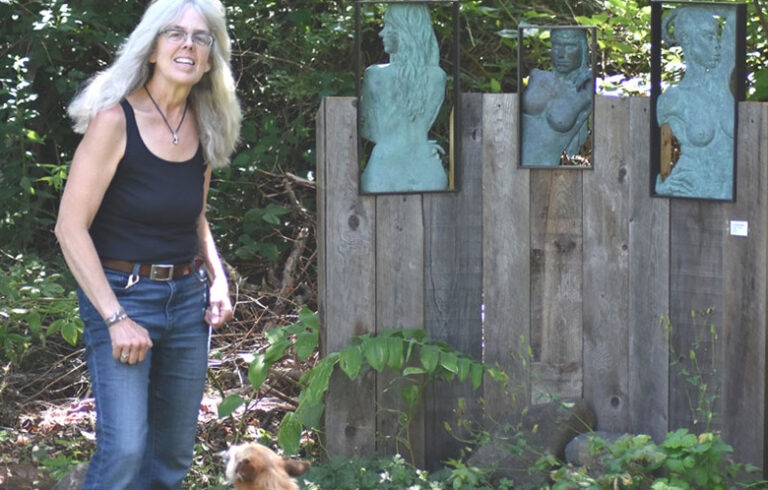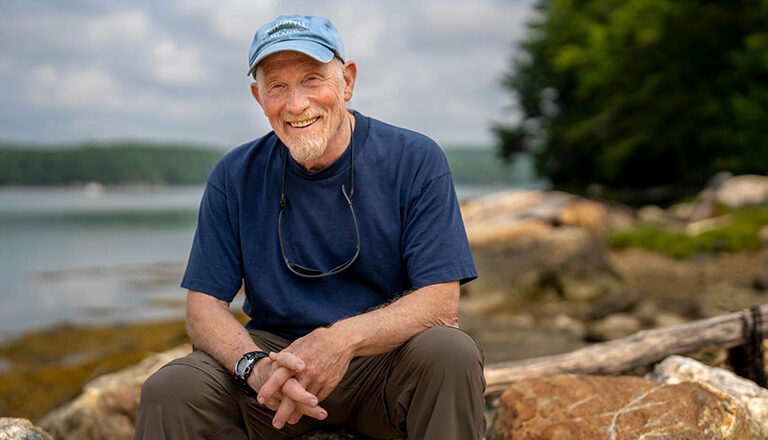Teaching a handful of students, each in a different grade, in a quaint one- or two-room school overlooking the harbor on a remote Maine island accessible by ferry that runs intermittently in the winter might sound like complete nuttiness to one person, an interesting puzzle to figure out to another, and the perfect calling for a third. And, like most things in life, it’s more complicated than it might seem.
In general, teaching is hard work. I know this from first-hand experience; after 15 years as a school administrator I became a full time teacher at a Midcoast high school.
Start with lesson planning, grading papers, classroom management, parent-teacher conferences, rampant technology use in the classroom, the needs of neurodivergent students, extracurricular opportunities and expectations of sports, arts, debate, etc. And then add the inherently messy process of adolescent identity development in an age of increasing polarization amidst an ongoing epidemic of mental health challenges with minimal societal esteem for teachers and you have your hands full.
Island teachers take this stew and create something that nourishes all.
COVID exacerbated these dynamics and had an underappreciated, direct negative impact on anyone in teaching—and it’s a tougher challenge now than five years ago.
Island teachers take this stew and create something that nourishes all. I’ve been in a one-room school where an 8th grader and a 5th grader are reading the same book, each one answering different questions on a review sheet to prepare for a seminar type of discussion with the teacher, while a 3rd grade student is reading a different book and illustrating a short story intended to be a parallel construction to the book she is reading, while yet another younger student is sounding out letter combinations. All at the same time, all together in one very charming room, with one teacher.
There are almost no educational training programs to prepare a teacher for this kind of environment. The teachers who thrive in this setting rely on the formal training they have, blended with their instincts and talking to other teachers in similar settings.
To this latter point, 15 years ago, a group of teachers on Maine’s outer islands came together to create the Teaching and Learning Collaborative (TLC), a true partnership of teachers and students supported by Island Institute. In my work, I get to support the TLC via weekly Zoom calls and texts, and, my favorite part, visiting island schools and to support them in person.
Isolation, particularly in the winter, on a remote island is hard to understand until you experience it. The news that the ferry isn’t running today, so you can’t get off the island and no one can get on, is a dramatic illustration of the larger dynamic of social isolation.
Many island school children can’t participate in organized afterschool sports because there aren’t even enough kids on the island to have a three-on-three basketball game during recess.
But there are powerful positive dynamics at work as well. In an era where hands-on science and critical thinking skills are important educational principles, I’ve seen island students do all of the problem solving necessary to raise and release thousands of salmon fry and then do beautiful presentations that capture and communicate their project.
In support of the movement to introduce students to potential career pathways as early in their education as possible, I’ve seen 4th and 5th grade students collaborate across islands and with mainland-based scientists to build submersible robots, then design and perform experiments using these rovers in the waters around their schools.
The arts aren’t neglected either; a group of island students created a wickedly funny film capturing the ravages of the sun on an assortment of snow people, and I’ve been in the audience for a play performed on an outdoor stage with a view down the harbor to the hills of Acadia that rivaled any performance set in ancient Greece.
In other ways, the very small, island school experience captures the imagination of a certain set of people who just can’t help but to come up to the doors and knock, or even just let themselves in, even when school is in session. Intriguingly, these are often current or retired teachers or librarians, who just want to “take a quick peek,” even though they must know they are disturbing the teacher’s carefully calibrated plans.
One school I get to visit often has to put a carefully worded sign on the door, once spring arrives and the ferry schedule picks up, imploring people—yes even you charming retired educators with nothing but the best intentions in your heart—to please not poke your head in to take a quick look around. Let the teachers do their magic with the kids.
Spending time with island teachers reminds me of this quote from Maya Angelou: “I’ve learned that people will forget what you said, people will forget what you did, but people will never forget how you made them feel.”
Ken Stevenson is a community development officer with Island Institute, publisher of The Working Waterfront. He may be contacted at kstevenson@islandinstitute.org.





